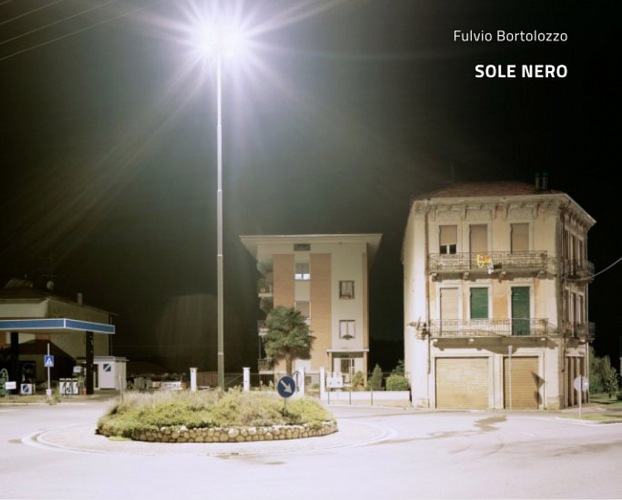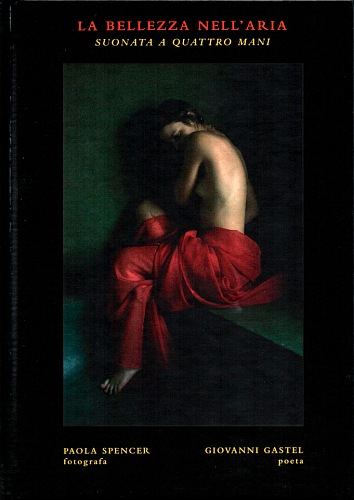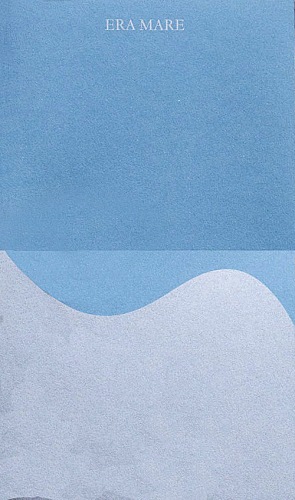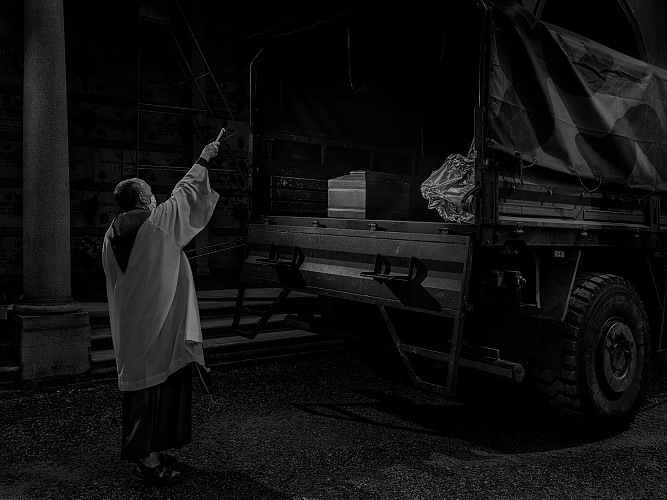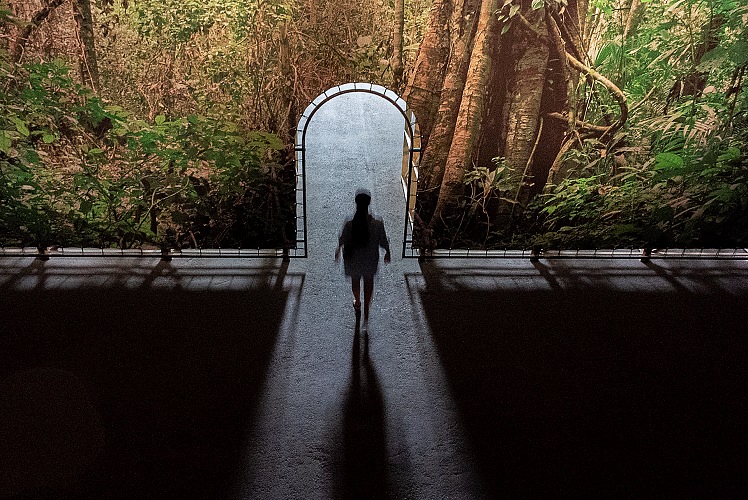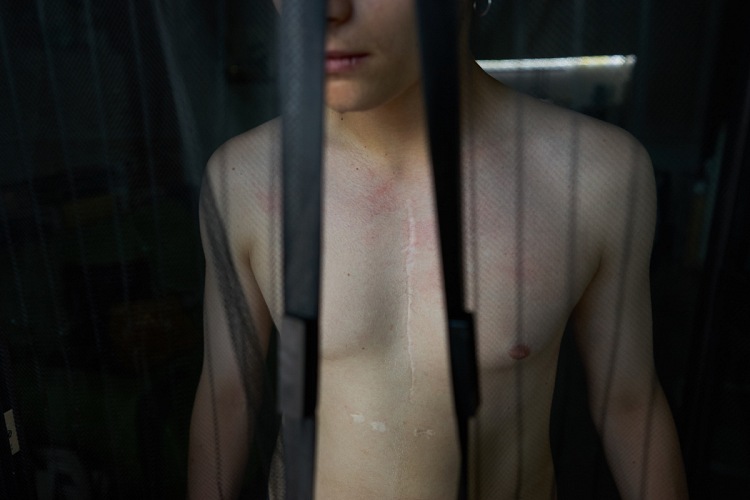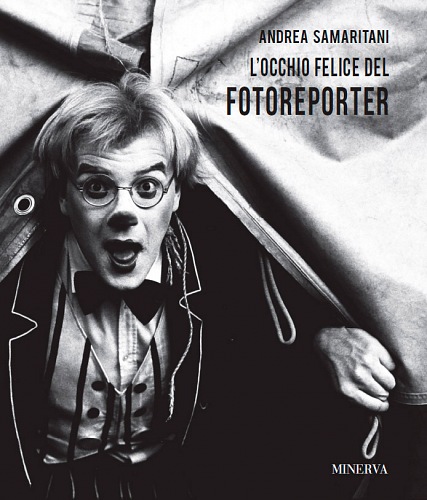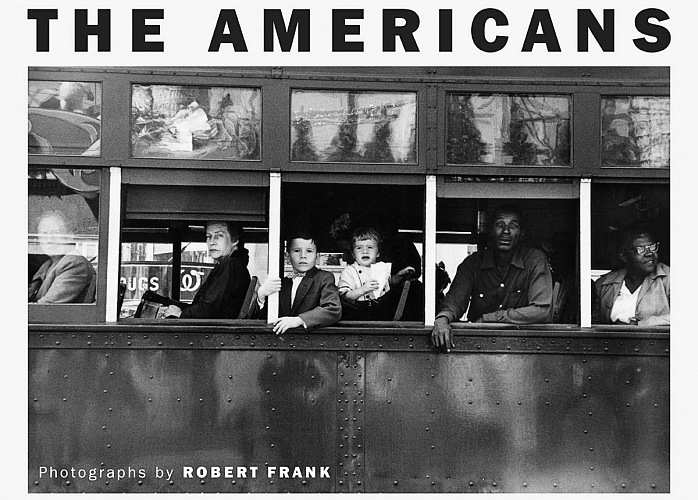L'ultima illusione
«Raramente il dolore, l’attesa, l’illusione sono stati descritti con immagini così profonde e significative... I migranti ambientali hanno perso tutto e il loro sguardo è nel vuoto, ma conservano un’intima e indistruttibile dignità. Mentre il nostro, di sguardo, che ha la mobilità nevrotica delle cattive coscienze, scivola via. Grassani, ha anche il merito di costringerci a vedere e riflettere. Un grande reportage». Con questa motivazione la giuria dell'undicesima edizione del Premio Amilcare G. Ponchielli, presieduta dal direttore del Corriere della Sera Ferruccio De Bortoli, ha deciso di attribuire il premio dell'edizione al fotoreporter italiano Alessandro Grassani per il lavoro Migranti ambientali: l'ultima illusione.
Iniziato nel 2011, il progetto indaga una delle più drammatiche conseguenze dei cambiamenti climatici sulle popolazioni, cioè il fenomeno della migrazione rurale-urbana. Stando infatti a una previsione delle Nazioni Unite, nel 2050 la Terra dovrà affrontare un’emergenza di circa 200milioni di migranti per cause ambientali che, a differenza del passato, non cercheranno nuove fonti di reddito nei Paesi ricchi e industrializzati, bensì nelle aree urbane già sovraffollate e poverissime delle loro terre d'origine. I primi tre Paesi indagati da Grassani per questo progetto a lungo termine, tuttora in corso, mostrano le conseguenze di diverse forme di cambiamenti climatici: l’estremo freddo in Mongolia, l’innalzamento del livello del mare in Bangladesh e la siccità unita alle guerre tribali per il controllo delle risorse idriche in Kenya. Filo conduttore e cuore pulsante dell'intero lavoro – buona parte della quale verrà esposto a Milano, presso la Galleria Bel Vedere, a partire da giovedì 19 marzo, alle ore 18,00 – sono le testimonianze dei migranti ambientali incontrati dall'autore nelle capitali dei diversi Paesi visitati. Persone costrette ad abbandonare i loro villaggi a causa degli sconvolgimenti dovuti ai cambiamenti climatici, e a migrare altrove nella speranza di assicurarsi una vita migliore. Una speranza che si rivelerà presto la loro ultima illusione.
Migranti ambientali: l'ultima illusione
Bel Vedere Fotografia, via Santa Maria Valle, 5 - Milano
20 marzo – 11 aprile 2015
orario: da martedì a sabato, ore 15,00 - 19,00 | chiuso domenica e lunedì
ingresso: libero
info: 02 6590879
info@belvederefoto.it
www.belvederefoto.it
pubblicato in data 16-03-2015 in NOTIZIE / MOSTRE
AlessandroGrassanialtro in MOSTRE
categorie
MOSTRE CONCORSI WORKSHOP EVENTI MELTINGPOT LIBRI PORTFOLIO VIDEO ONGOING PERCORSITEMATICI YTOI OPINIONI FPART COVER LETTURAIMMAGINI SMARTFOLIO FPBLOG FPLAB
notizie recenti
FPmag
direttore responsabile Sandro Iovine | sandro.iovine@fpmagazine.eu - caporedattore Stefania Biamonti - web developer Salvatore Picciuto | info@myphotoportal.com - coordinamento linguistico Nicky Alexander - traduzioni Nicky Alexander, Rachele Frosini - collaboratori Davide Bologna, Mimmo Cacciuni Angelone, Laura Marcolini, Stefano Panzeri, Pio Tarantini, Salvo Veneziano - referente per il Lazio Dario Coletti - referente per la Sardegna Salvatore Ligios - referente per la Sicilia Salvo Veneziano - redazione via Spartaco, 36 20135 Milano MI | redazione@fpmagazine.eu - tel. +39 02 49537170 - copyright © 2015 FPmag - FPmag è una pubblicazione Machia Press Publishing srl a socio unico - via Cristoforo Gluck, 3 20135 Milano MI | P.I. 07535000967 - C.F. 07535000967 - Registrazione del Tribunale di Milano n. 281 del 9 settembre 2014














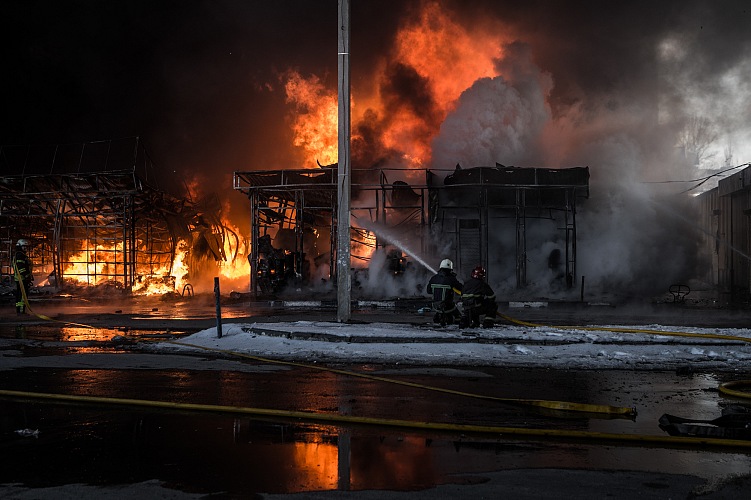
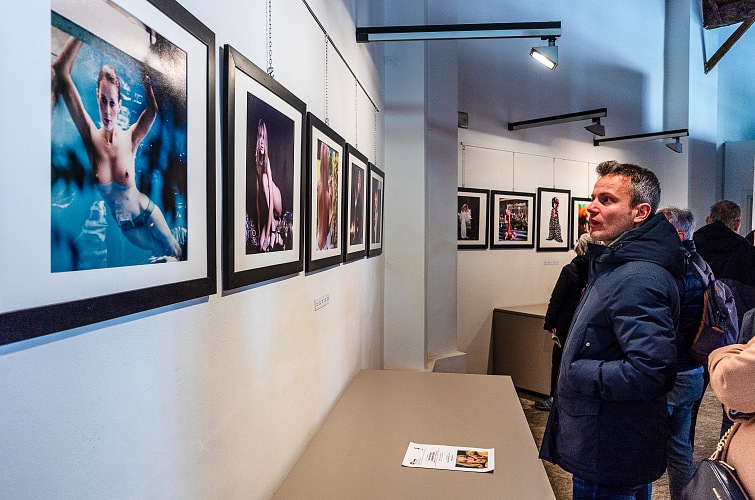

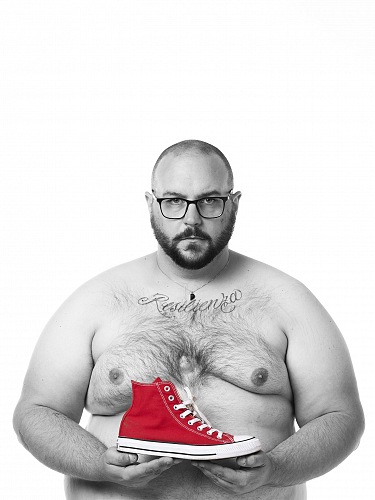

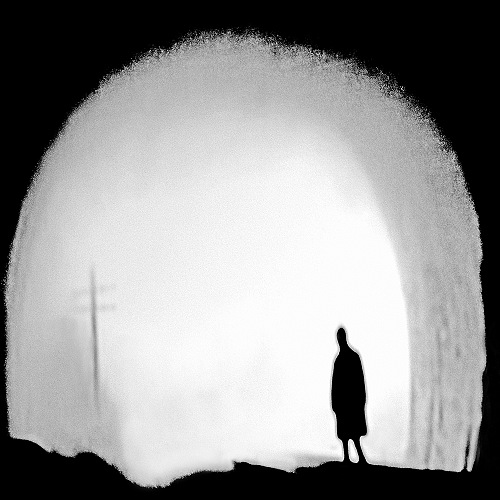
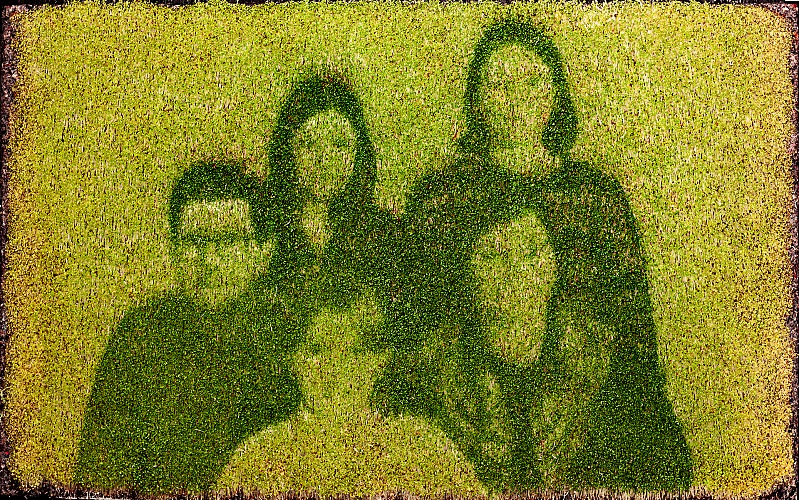
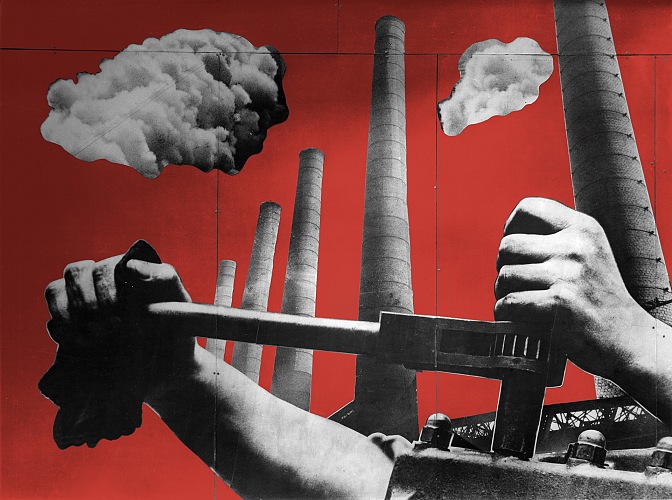
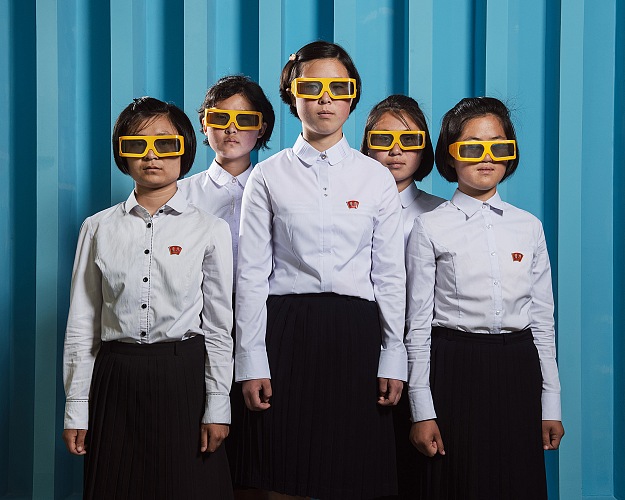

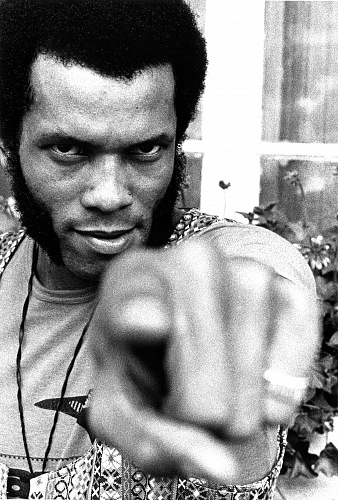
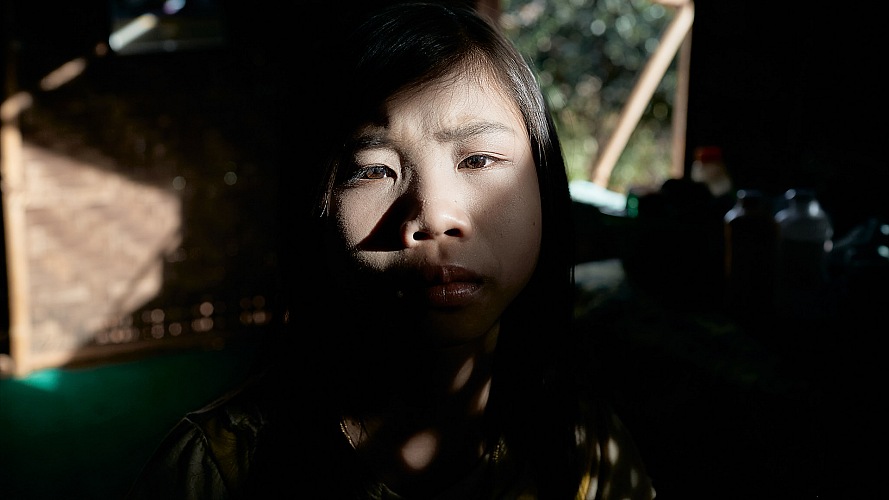
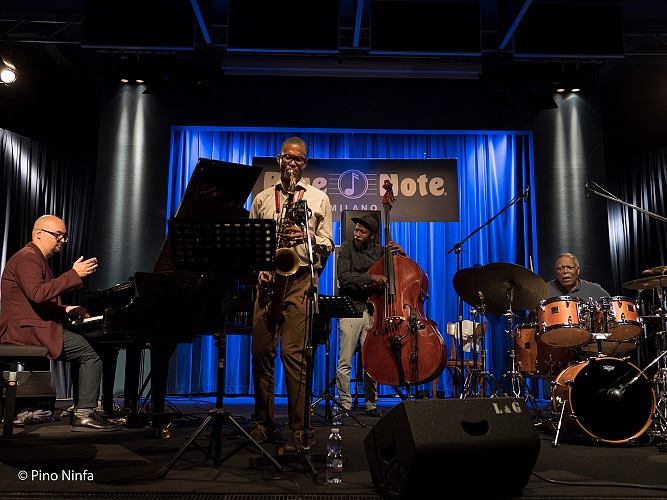
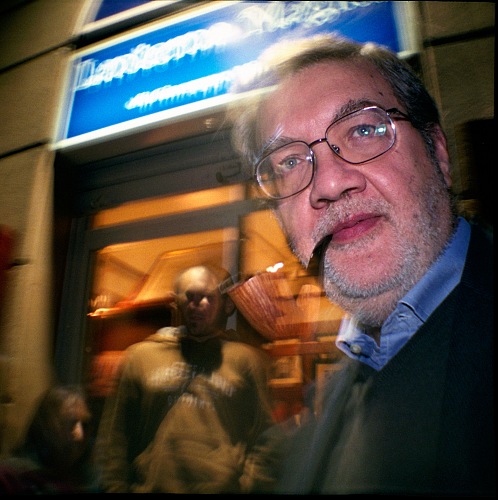

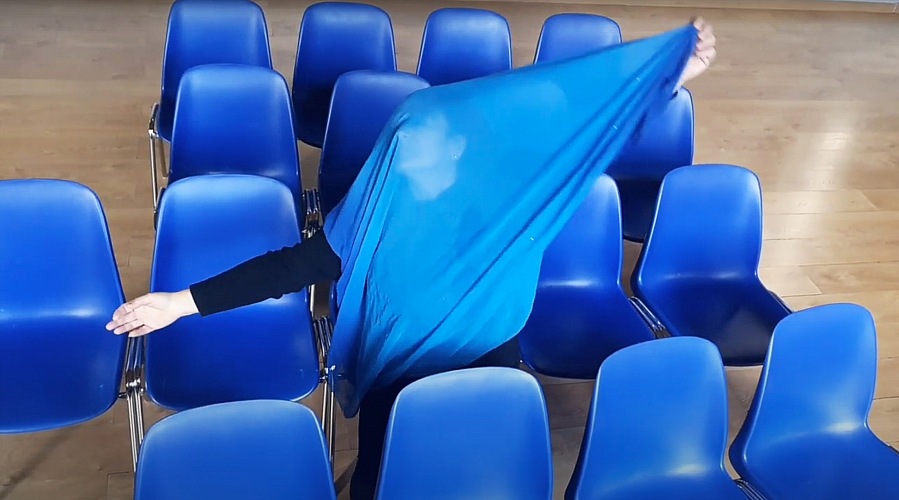
 Libereincamera e la fotografia
Il progetto Libereincamere promosso dall'Associazione Mosaico in collaborazione con Palermofoto entra nella sua fase conclusiva con una call destinata ai fotografi che possono partecipare inviando una loro immagine entro il 15 aprile 2022
Libereincamera e la fotografia
Il progetto Libereincamere promosso dall'Associazione Mosaico in collaborazione con Palermofoto entra nella sua fase conclusiva con una call destinata ai fotografi che possono partecipare inviando una loro immagine entro il 15 aprile 2022 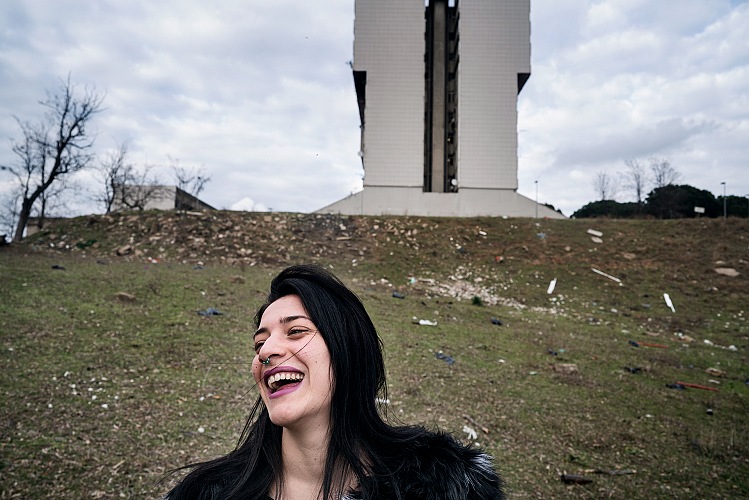
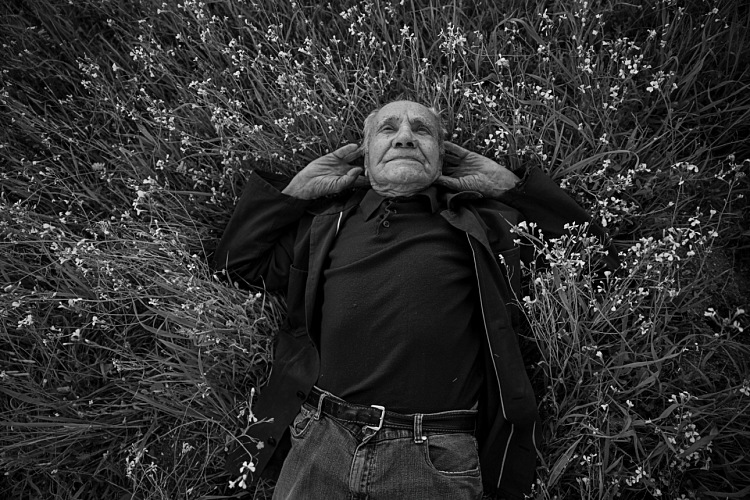
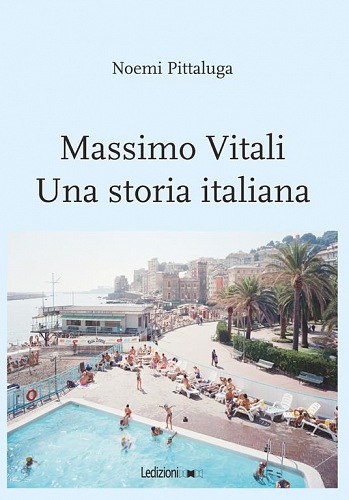 Massimo Vitali. Una storia italiana
Massimo Vitali, Una storia italiana è il titolo della monografia scritta dalla curatrice Noemi Pittaluga e dedicata al noto fotografo italiano, che va a colmare un vuoto nella cultura dell'immagine contemporanea
Massimo Vitali. Una storia italiana
Massimo Vitali, Una storia italiana è il titolo della monografia scritta dalla curatrice Noemi Pittaluga e dedicata al noto fotografo italiano, che va a colmare un vuoto nella cultura dell'immagine contemporanea 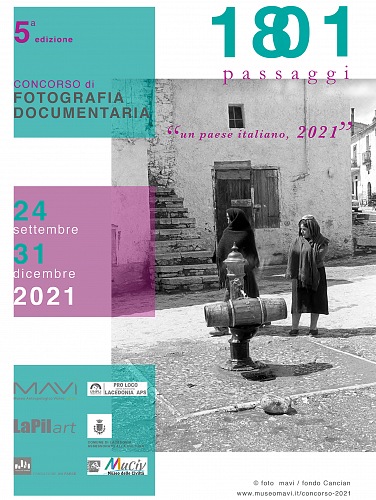 Un paese italiano, 2021
Scade venerdì 31 dicembre 2021 il concorso fotografico Un paese italiano,2021 organizzato da MAVI Museo Antropologico Visivo Irpino in memoria del lavoro dell'antropologo statunitense di origini venete, Frank Cancian
Un paese italiano, 2021
Scade venerdì 31 dicembre 2021 il concorso fotografico Un paese italiano,2021 organizzato da MAVI Museo Antropologico Visivo Irpino in memoria del lavoro dell'antropologo statunitense di origini venete, Frank Cancian 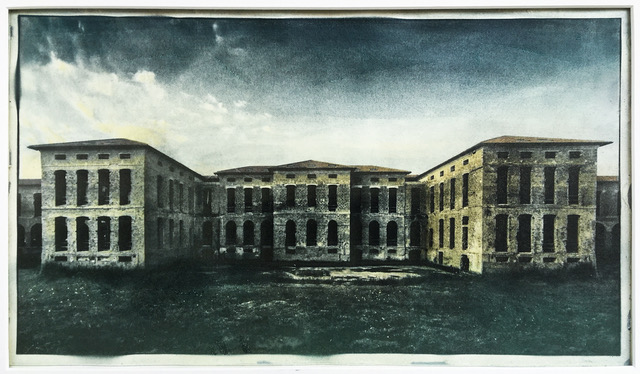

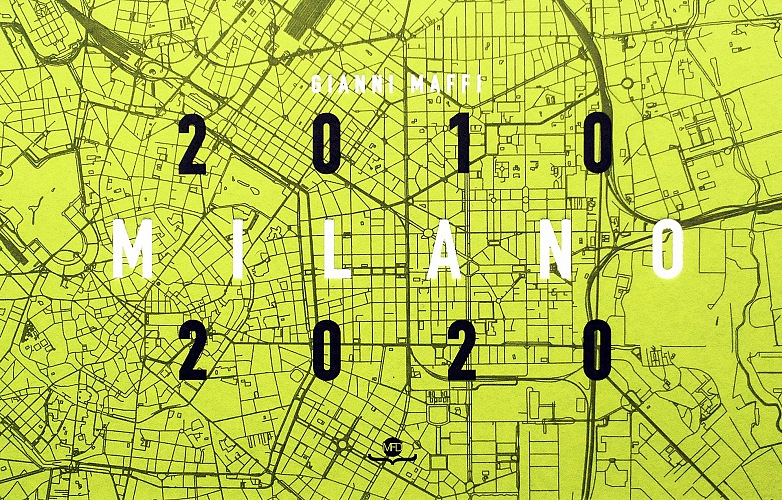


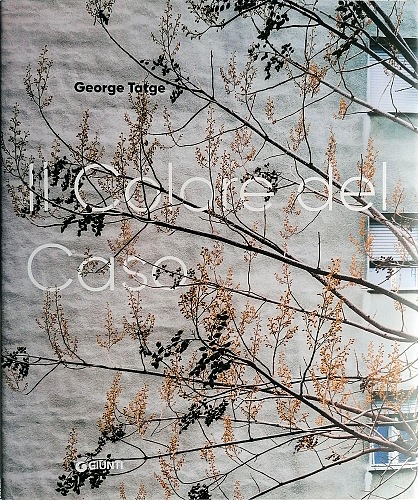
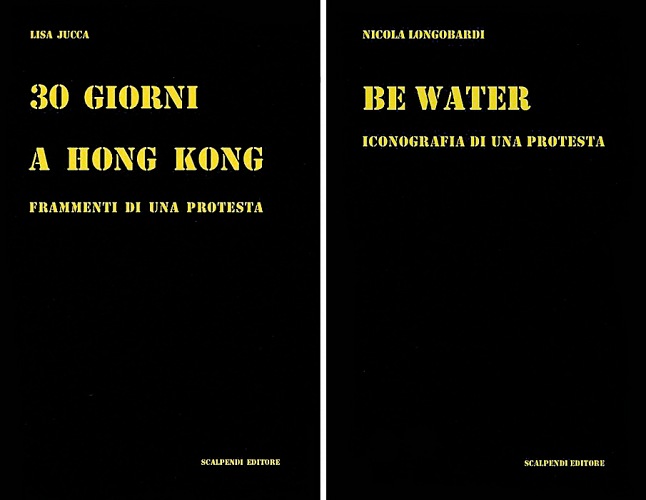
 BuonaDomenica#
Pio Tarantini ha raccolto in un volume, edito da Oberon Media, i suoi scritti domenicali pubblicati su Facebook a partire dall'autunno 2018
BuonaDomenica#
Pio Tarantini ha raccolto in un volume, edito da Oberon Media, i suoi scritti domenicali pubblicati su Facebook a partire dall'autunno 2018 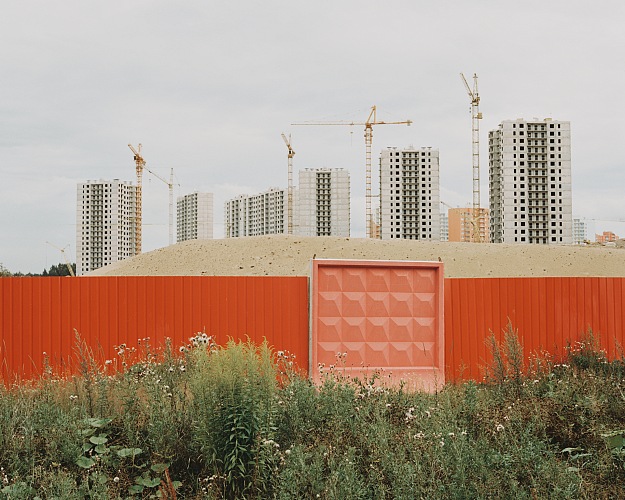
 Al Parque Chas tutto è possibile se vuoi
In mostra a Palermo Chas Chas del fotografo venezuelano Luis Cobelo, da 14 luglio presso Église, un viaggio per chi vuole credere nella magia e un libro che si legge come una grafic novel.
Al Parque Chas tutto è possibile se vuoi
In mostra a Palermo Chas Chas del fotografo venezuelano Luis Cobelo, da 14 luglio presso Église, un viaggio per chi vuole credere nella magia e un libro che si legge come una grafic novel. 
